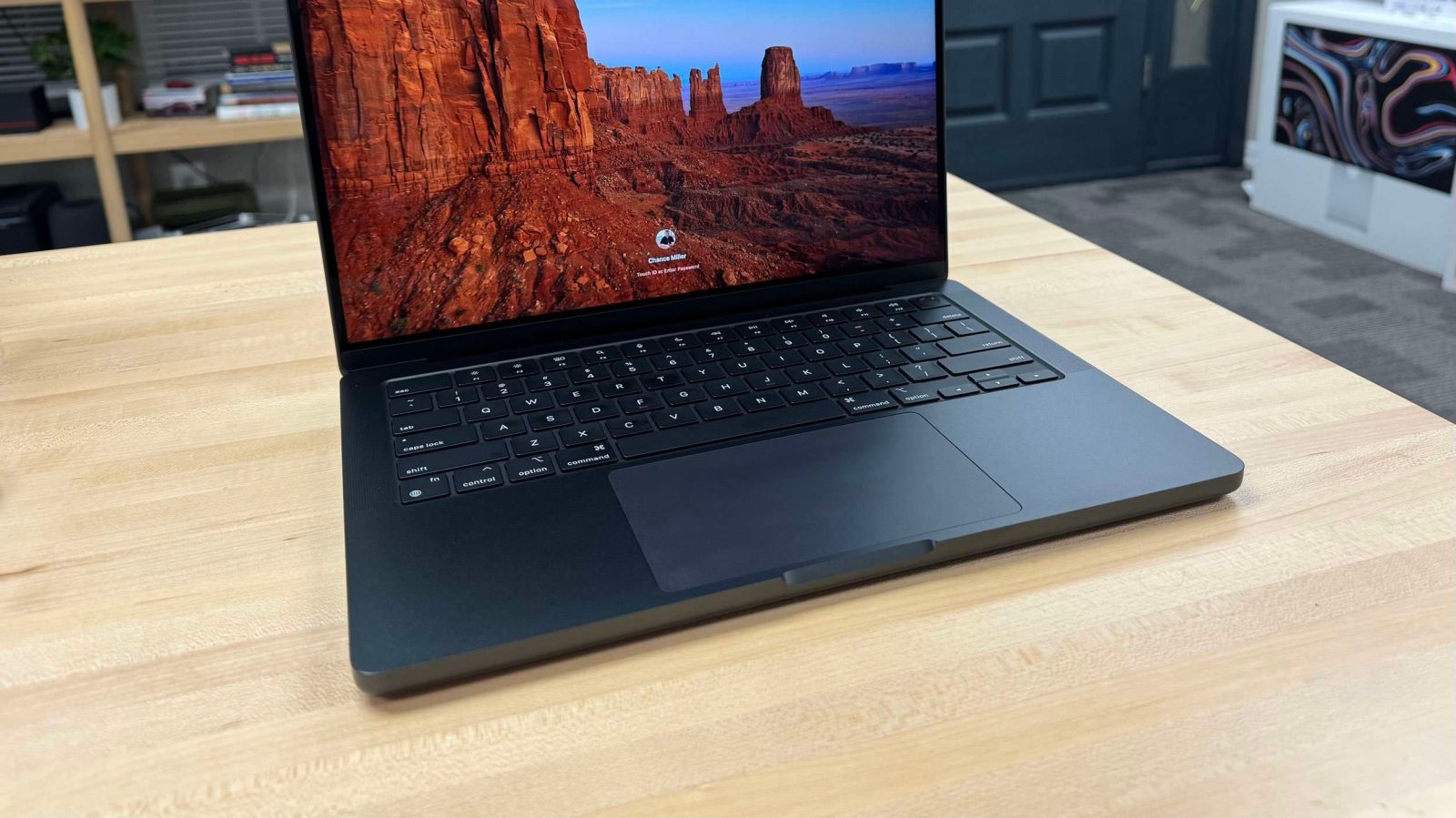
Apple is widely expected to release its first OLED-equipped iPads sometime next year, starting with the iPad Pro. However, people holding out for a MacBook Pro with an OLED display will have to keep waiting … for several more years.
This story is supported by Mosyle, the only Apple Unified Platform. Mosyle is the only solution that fully integrates five different applications on a single Apple-only platform, allowing businesses and schools to easily and automatically deploy, manage, and protect all their Apple devices. Over 38,000 organizations leverage Mosyle solutions to automate the deployment, management, and security of millions of Apple devices daily. Request a FREE account today and discover how you can put your Apple fleet on auto-pilot at a price point that is hard to believe.

OLED MacBook Pro: What we know
In a new investor note seen by 9to5Mac, analyst Jeff Pu from Haitong Intl Tech Research corroborates the numerous reports that have said OLED versions of the 11-inch and 12.9-inch iPad Pro are in the works for sometime next year. Pu notes that Apple targets OLED iPad Pro shipments of 10 million units for 2024.
What about the MacBook Pro? In today’s report, Pu says that Apple aims to update the 14-inch and 16-inch MacBook Pro models with OLED screens sometime in 2026. Currently, the MacBook Pro uses a mini-LED display – which Apple brands as Liquid Retina XDR.
While the mini-LED screens used in the MacBook Pro are widely praised, OLED displays have several advantages of their own. After all, Apple has used OLED screens for the iPhone since the iPhone X.
OLED screens are known for their excellent contrast ratio because each pixel emits its own light, which allows for true blacks when pixels are turned off. This can also help improve viewing angles. OLED panels can also be thinner and more flexible than mini-LEDs, which makes them ideal for sleeker device designs.
On the downside, OLED displays can be more susceptible to screen burn-in. Burn-in is caused by a static image remaining on the display for long periods of time. When this occurs, a visible mark of that image remains on the screen regardless of what you’re watching.
It’s also been reported that Apple is working on an OLED version of the MacBook Air. The current expectation, however, is that OLED will come to the MacBook Pro first.
Follow Chance: Threads, Twitter, Instagram, and Mastodon.
FTC: We use income earning auto affiliate links. More.


Comments